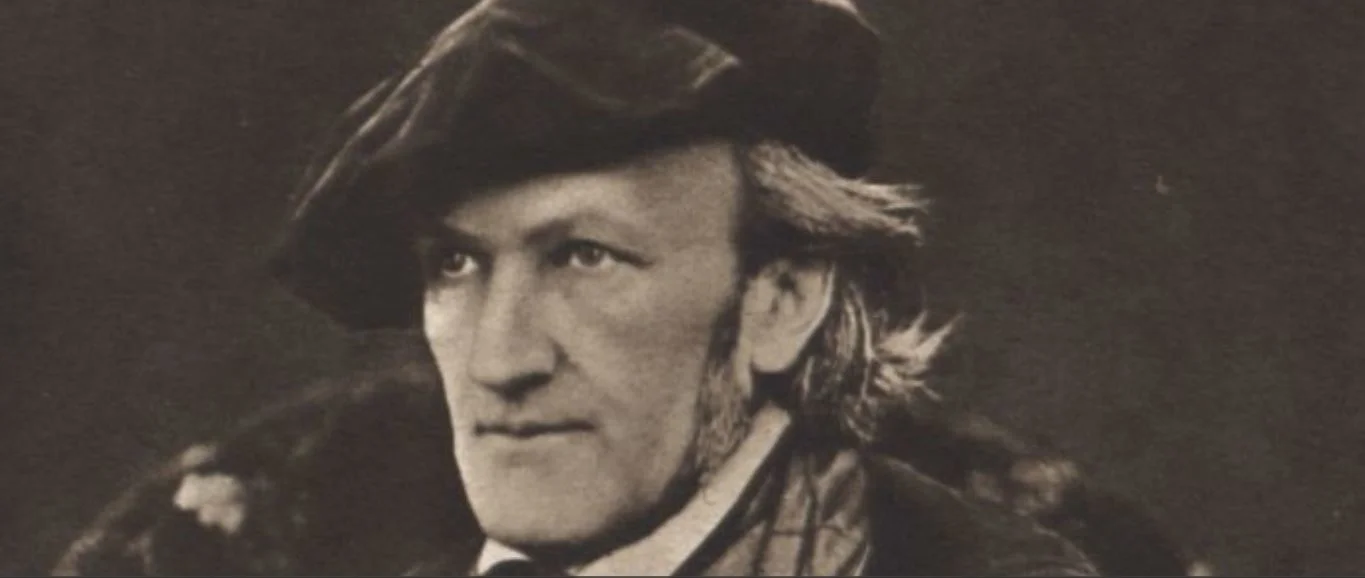The year 2013 marks the 200th anniversary of the birth of Richard Wagner, one of the most controversial characters of the nineteenth, twentieth, and twenty-first centuries. His essay Das Judenthum in der Musik (1850 and 1869), his operas, and many other statements established him as one of the most prominent anti-Semitic figures within the German-speaking bourgeoisie. At the same time, his musical creativity, the idea of the “Gesamtkunstwerk” [total work of art], and the cult of genius exerted an enormous influence both during his lifetime and thereafter.
The exhibition at the Jewish Museum Vienna focuses on his extensive and contradictory impact on Vienna, a city that quickly became a center of the Wagner cult. The composer had many Jewish supporters there, but also one of his most sarcastic critics, the Jewish feature writer Daniel Spitzer, who lived and worked in Vienna. Wagner’s works inspired non-Jewish artists and intellectuals, declared anti-Semites, and – naively ignoring or reinterpreting the anti-Semitic messages – influential Jewish intellectuals like Theodor Herzl or Otto Weininger.
Taking this love of the composer, which was soon to prove itself to be a trap, as the starting point, the exhibition looks at anti-Semitism of the nineteenth and early twentieth centuries and the impact of Wagner on fin-de-siècle art and culture and – later – on Adolf Hitler and the Nazi regime. Finally, it examines Wagner’s acceptance today – also and above all in Israel.
Curator: Andrea Winklbauer
Exhibition design: Bernhard Denkinger


